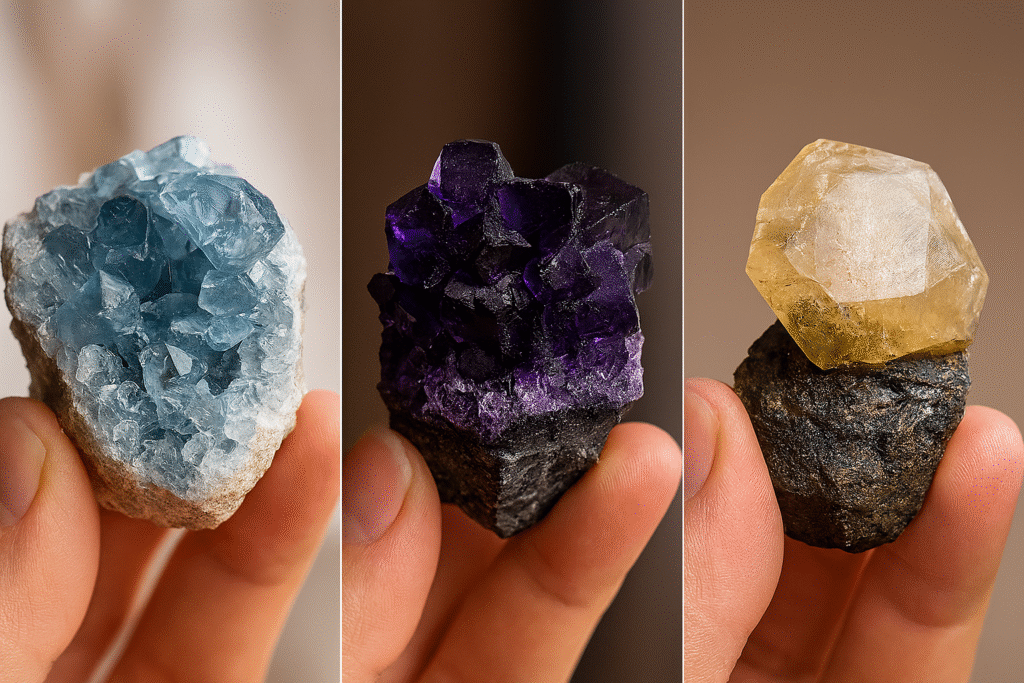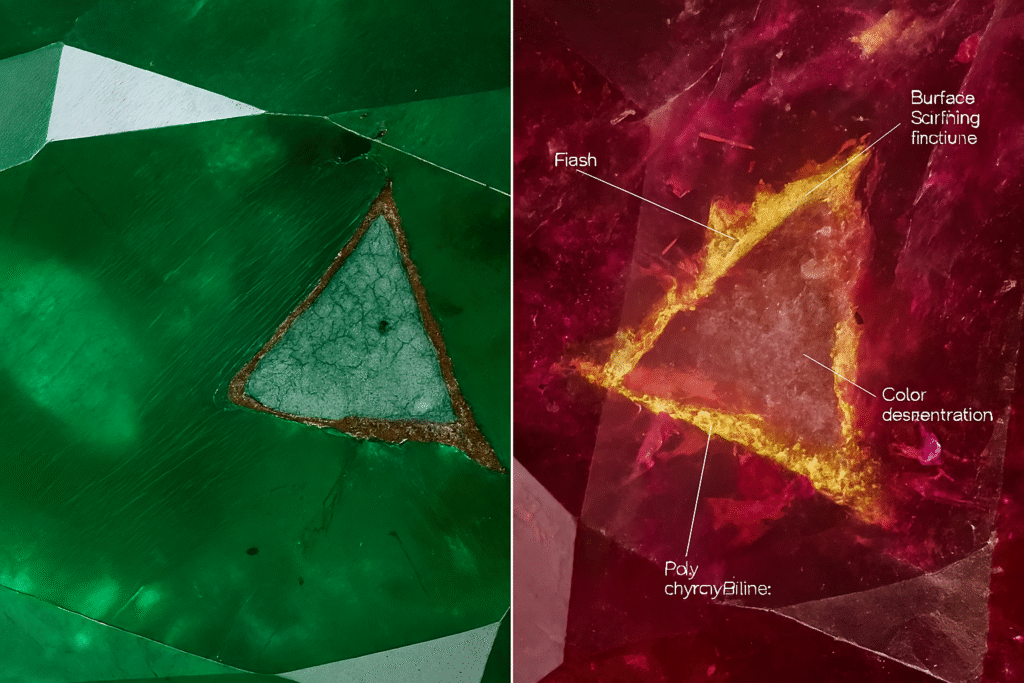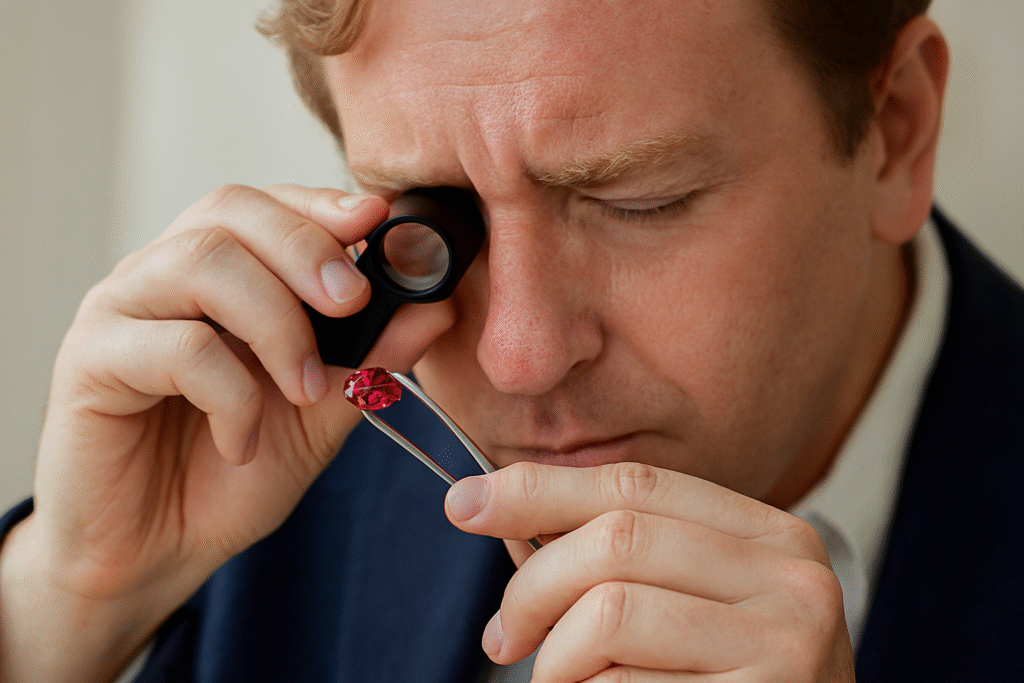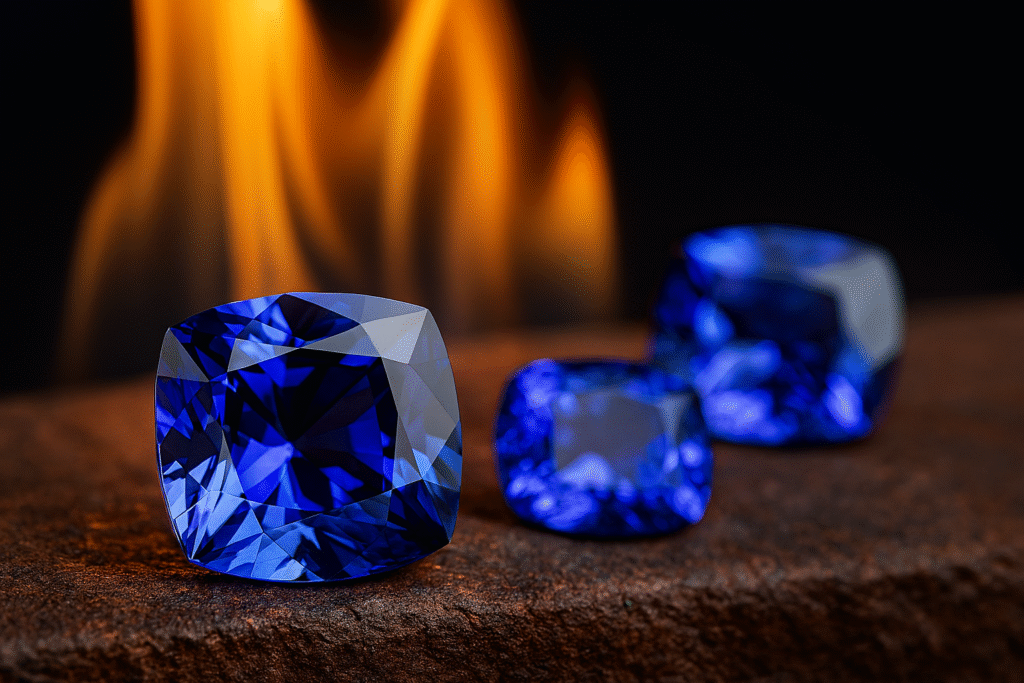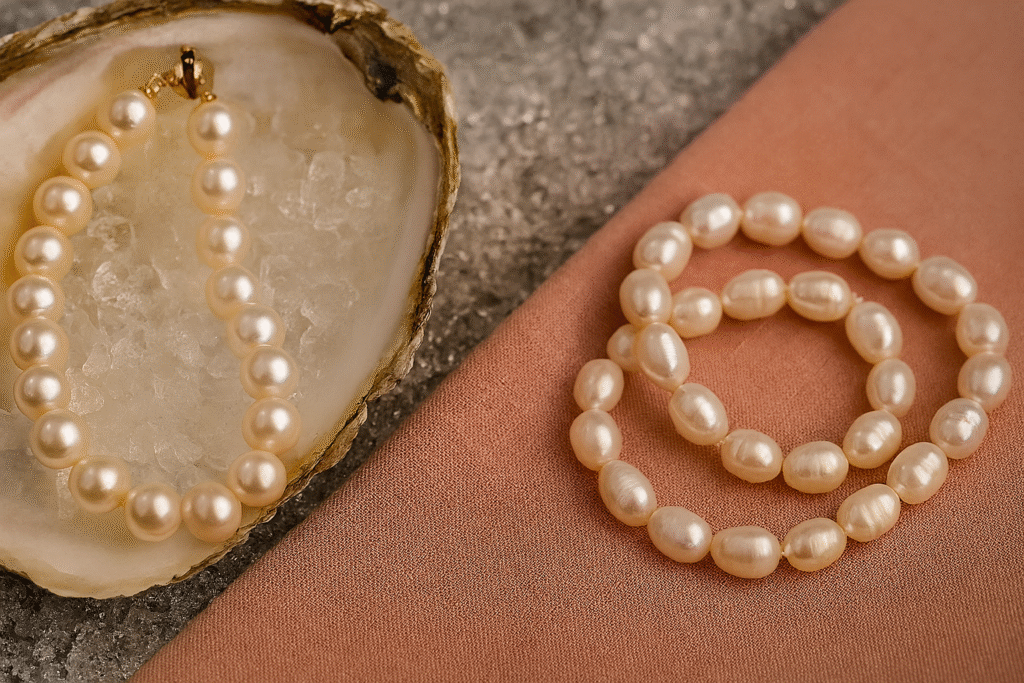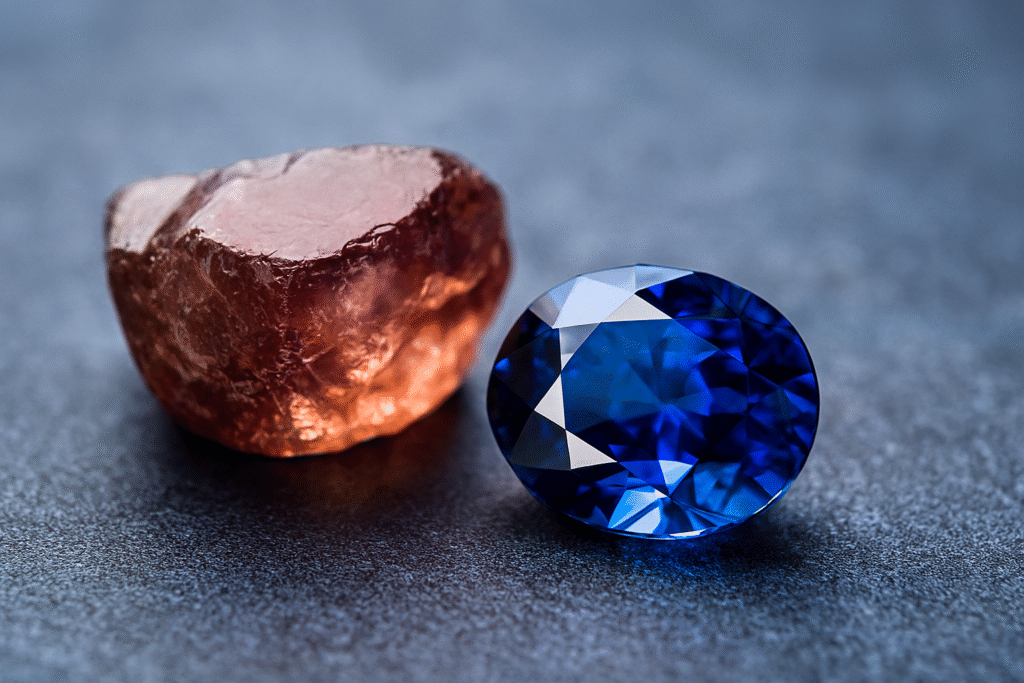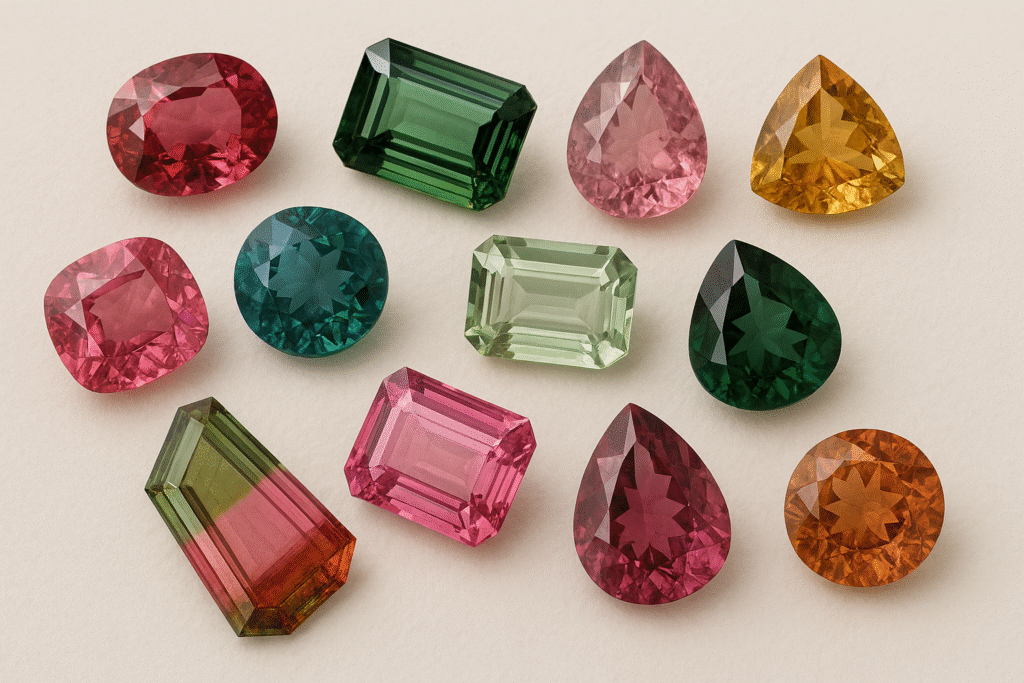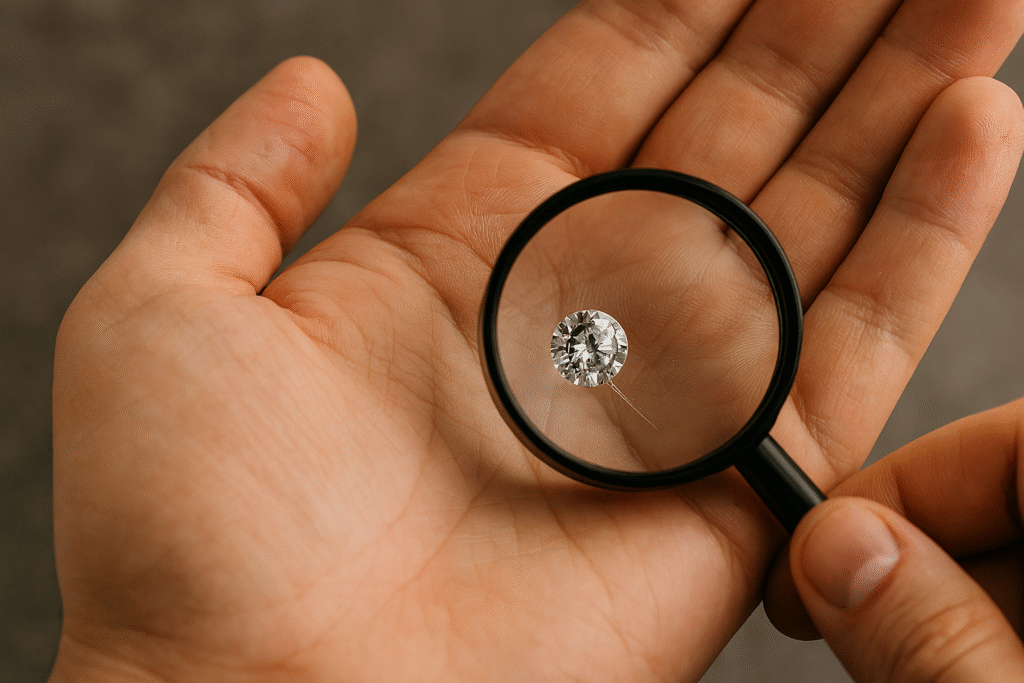Digital Dangers: The Top 3 Mistakes When Buying Minerals Online
Buying minerals online saves time and gives you access to dealers worldwide. But it also carries risks. Many beginners lose money because they overlook three common mistakes. 1. Relying on Bad Photography A mineral photo can mislead you. Sellers may use strong lighting or filters to make crystals look brighter than they really are. Sometimes […]
Digital Dangers: The Top 3 Mistakes When Buying Minerals Online Read More »

